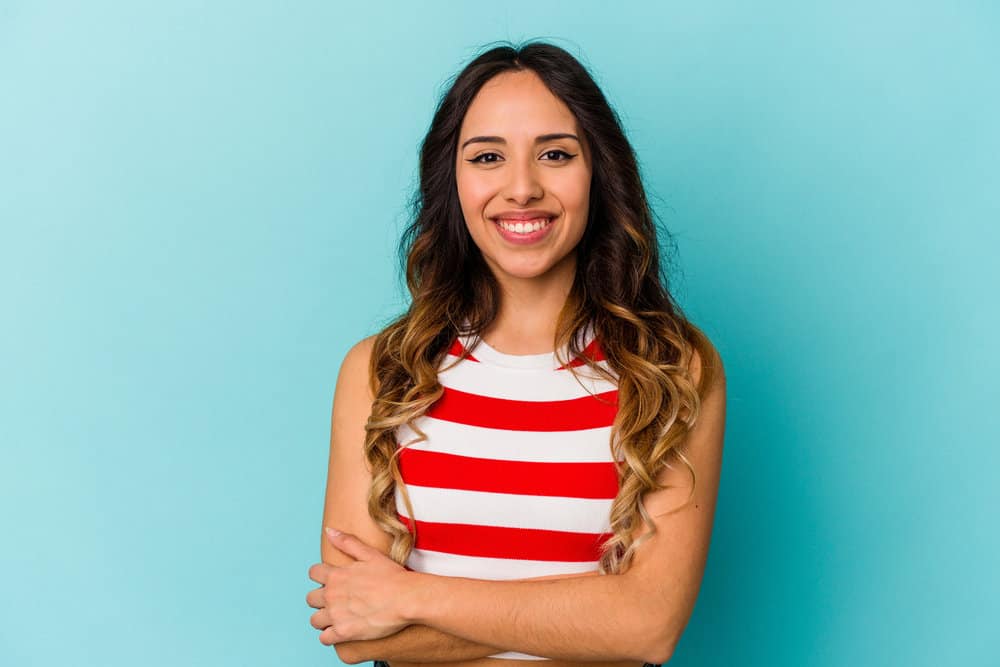
When you finally get that new hair color you've been dreaming of, you feel fantastic. But what happens when you're ready for a change and want to go lighter?
Should you reach for the bleach? Can you bleach over permanent hair dye? What happens? In this article, we’ll tell you for sure whether you can bleach over permanent hair dye. By the end, you'll know exactly how to get the results you're after.
Table of Contents
- 1 Can You Bleach Over Permanent Hair Dye?
- 2 Can I Bleach My Hair Over Box Dye?
- 3 How Long Do I Have to Wait to Bleach My Hair After Permanent Dye?
- 4 Can You Bleach Over Black Hair Dye?
- 5 How To Use Bleach To Lighten Permanent Hair Color
- 6 When Not to Bleach Over Permanent Dye
- 7 Bleach-Free Alternatives for Removing Permanent Hair Dye
Can You Bleach Over Permanent Hair Dye?
You can bleach over permanent hair dye - you just have to be extra careful about it. Permanent hair dye is formulated with harsh chemicals that penetrate the hair shaft and change the natural color of your hair.
These same chemicals make your hair more susceptible to bleaching damage, so taking a few extra precautions is crucial if you plan on going lighter.
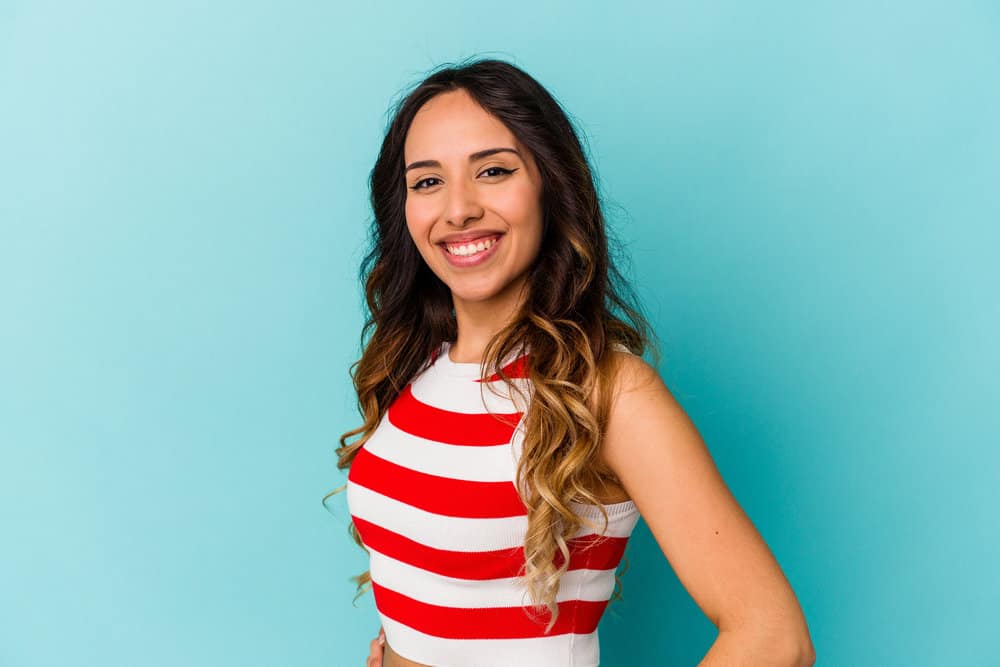
Can I Bleach My Hair Over Box Dye?
It's always important to distinguish between professional permanent dye and box dye. The latter carries negative connotations because of the cheaper ingredients often used in their formulas.
If you have dyed your hair with box dye, you can still bleach your hair. Just keep in mind that bleaching over box hair dye is more likely to produce unexpected results than bleaching over professional hair dye.
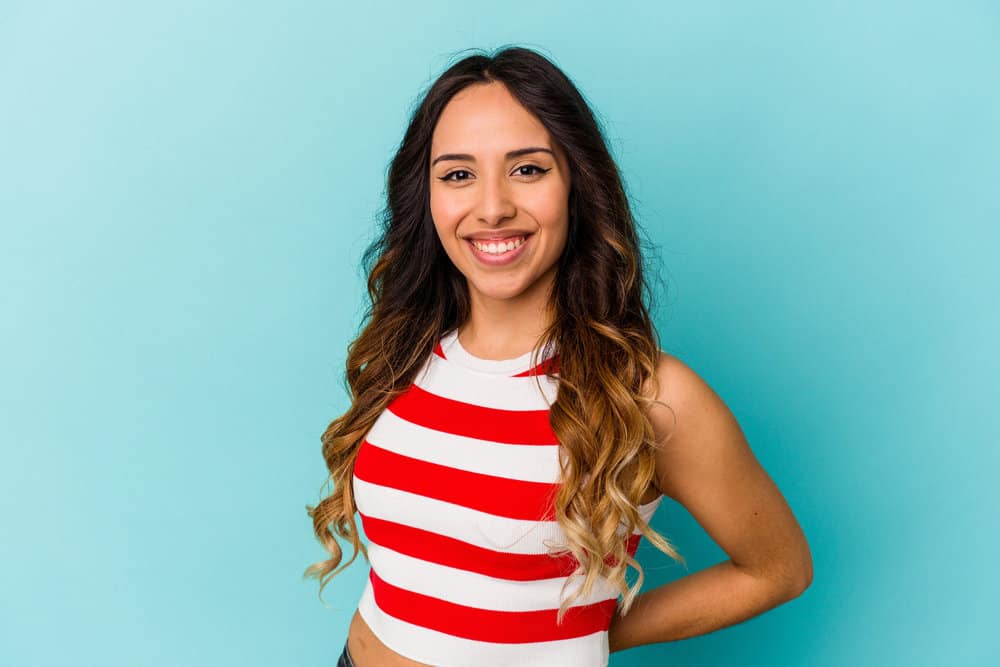
How Long Do I Have to Wait to Bleach My Hair After Permanent Dye?
If you've recently dyed your hair with permanent color, you might wonder how long you need to wait before bleaching it. Unfortunately, there's no hard and fast rule, as it can vary depending on your hair type and the products used.
Most experts recommend waiting at least eight weeks before bleaching dyed hair.
It gives the hair time to bounce back after the initial color process. Of course, if you're in a hurry, you can always consult a professional stylist to get an expert opinion.
With their help, you can determine the best way to achieve your desired look without causing undue harm to your hair.
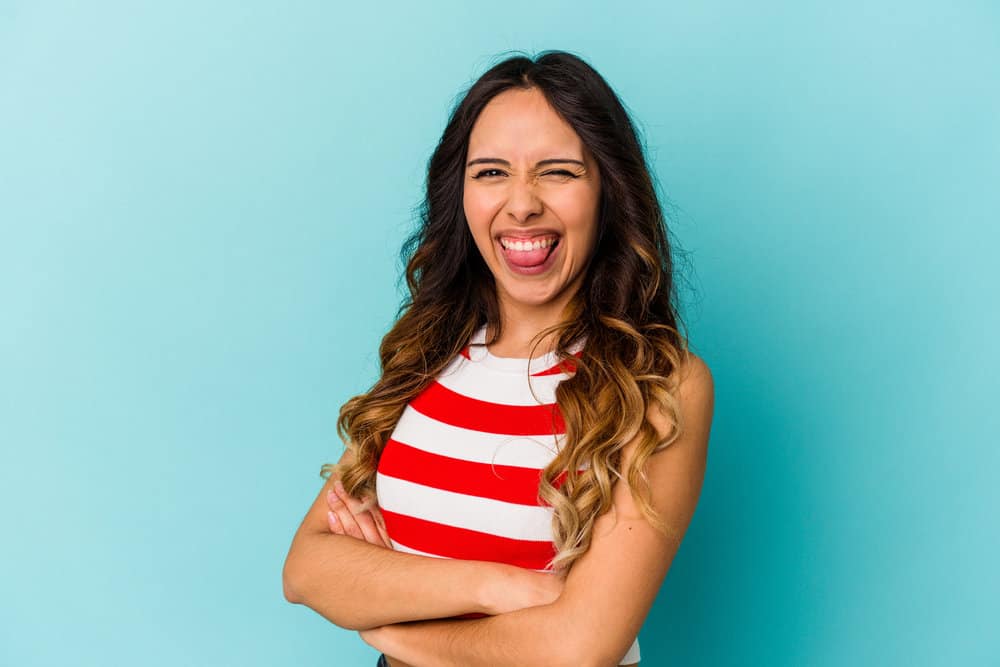
Can You Bleach Over Black Hair Dye?
Permanent black hair dye creates a strong, long-lasting color that can be difficult to change. However, bleaching over permanent black hair dye is possible if you take the proper steps.
Here's what you need to do: First, remove the black dye from your hair using a color remover. It could take several color removal sessions to completely remove the dye.
Then, you can proceed with the bleaching process. In the following sections, we'll give you tips on how best to bleach dyed hair.
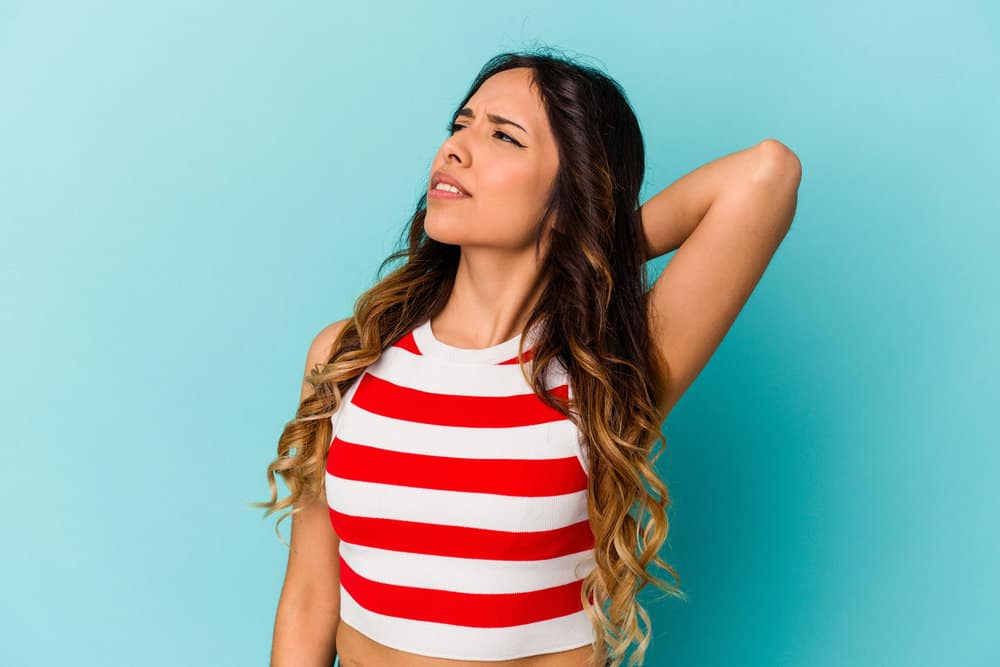
How To Use Bleach To Lighten Permanent Hair Color
Bleaching your hair can be a scary thought, but if you take the necessary precautions, it can be a great way to change up your look. Here are the steps to take to bleach your hair safely:
- If you currently have black dye on your hair, remove it with a color remover. Depending on the color remover you purchase, you'll need to either (1) mix the color removal powder with water or (2) mix two solutions together. Reference the instructions in the included leaflet to mix up the product and apply it to your hair. You'll need to leave the color remover on your hair for at least 20 minutes, but it could take up to an hour, depending on the product you use. You’ll then shampoo and rinse your hair several times. It may also take multiple sessions to completely remove all of the dye. Wait for 7 to 10 days after your last color removal session to move to the next step.
- If your hair is caked in buildup, wash it with a clarifying shampoo to remove it. Then wait 48 hours to allow your natural scalp oils to build up. This will protect your scalp throughout the bleaching process.
- Mix up your bleach. You'll need to mix the bleach powder with the developer to create a bleaching paste. The ratio of powder to developer will be included in the instructions from your bleach kit. But most times, you'll be instructed to mix 1 part bleach with 2 parts developer.
- Once you've mixed up the paste, put on gloves and apply it evenly to your dry hair, starting with the mid-lengths and ends. Then go back and apply the bleach to your roots.
- Leave the bleach in your hair for the time specified in the instructions. This is usually between 20 and 30 minutes, but it could be longer or shorter depending on your hair type and the shade you're trying to achieve. Take a peek at your results every few minutes by wiping the bleach off a small section of hair and then reapplying it. Once you've achieved sufficient lightening (i.e., your desired shade), move to the next step.
- Go to your sink and rinse the bleach out with lukewarm water. Then shampoo and condition your hair as you usually would. You may want to use a deep conditioning treatment to help repair any damage caused by the bleaching process.
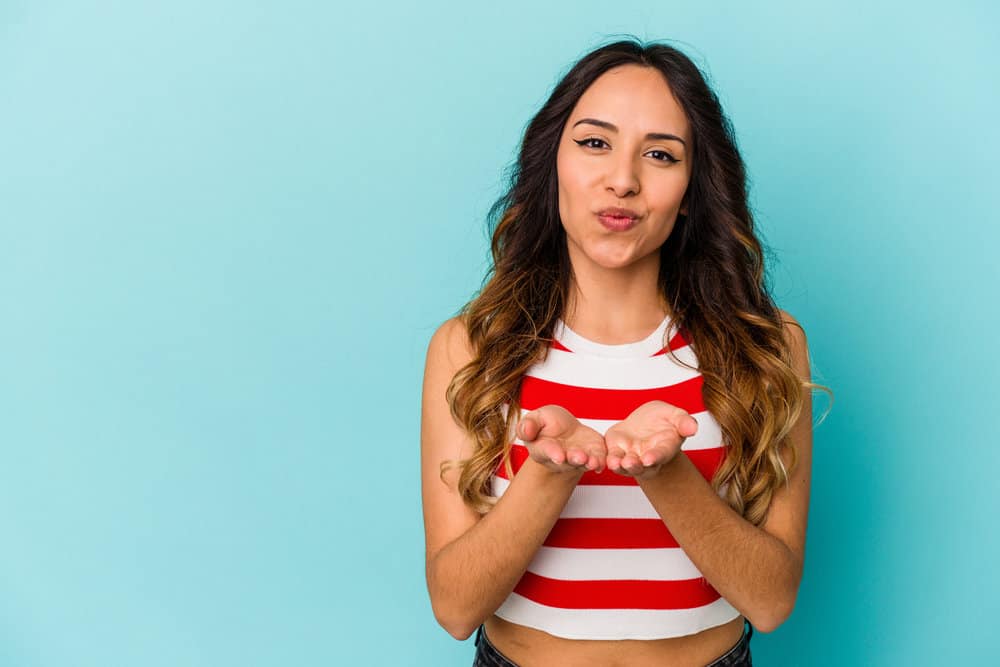
When Not to Bleach Over Permanent Dye
Many believe that bleaching their hair is the best way to remove permanent hair dye. However, bleaching can cause severe damage to your strands, especially if it is already damaged from previous dye jobs.
Bleaching dry, brittle, or breaking hair will only worsen these problems.
If your hair shows any of the above signs, pass on the bleach and nurse your hair back to health first. Consult a professional stylist if you want to remove permanent hair dye from your damaged hair.
They will be able to assess the condition of your hair and recommend the best course of action. In some cases, they may be able to strip the dye and recolor without causing much additional damage.
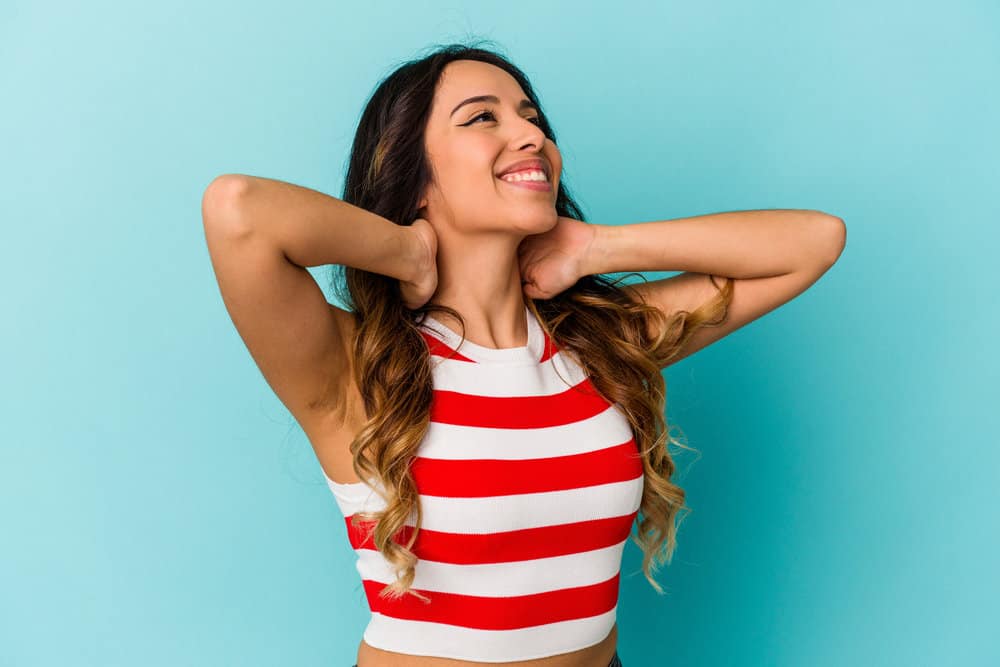
Bleach-Free Alternatives for Removing Permanent Hair Dye
If you've decided not to go the bleaching route, you may have avoided a hair disaster. But how can you remove permanent dye without bleach?
There are several ways to do so, and we'll tell you about them in this section.
One way is to use a color remover. We mentioned using them to remove black hair dye, but that's not the only hair color they can be used for.
Color removers can be used on any permanent dye shade, and some can be used on semi-permanent dyes as well. These products are designed to remove all traces of color from your hair, and they're available at most beauty supply stores.
Another option is to use baking soda and shampoo. The resulting paste will help to lift the color out of your hair without causing much (if any) damage.
All you need to do is mix equal parts baking soda and shampoo, then apply it to your hair. Let it sit for a few minutes before rinsing it out with lukewarm water.
You may need to repeat this process several times to remove all of the color.
Finally, you can try using a clarifying shampoo. It won't remove all of the color, but it can help to fade it.
Clarifying shampoos are designed to strip away built-up product, and they can also help to remove some hair dye. Just use it in place of your regular shampoo until you've removed as much color as possible.
Note: This is not an exhaustive list of your color removal options.
- Is Hair Developer Bleach?
- How Long Does Bleached Hair Take to Grow Out
- How to Fix Bleached Hair
- Can Bleach Make Your Hair Fall Out?
Bleaching your hair to remove permanent dye is a process that can cause significant damage to your strands. Though, it can be done safely if you approach the process with caution.
But if you want to skip the bleach, you can use one of the alternatives mentioned in this article. We hope this article has helped you understand the risks of bleaching over permanent hair dye and taught you how to mitigate them. Good luck!




